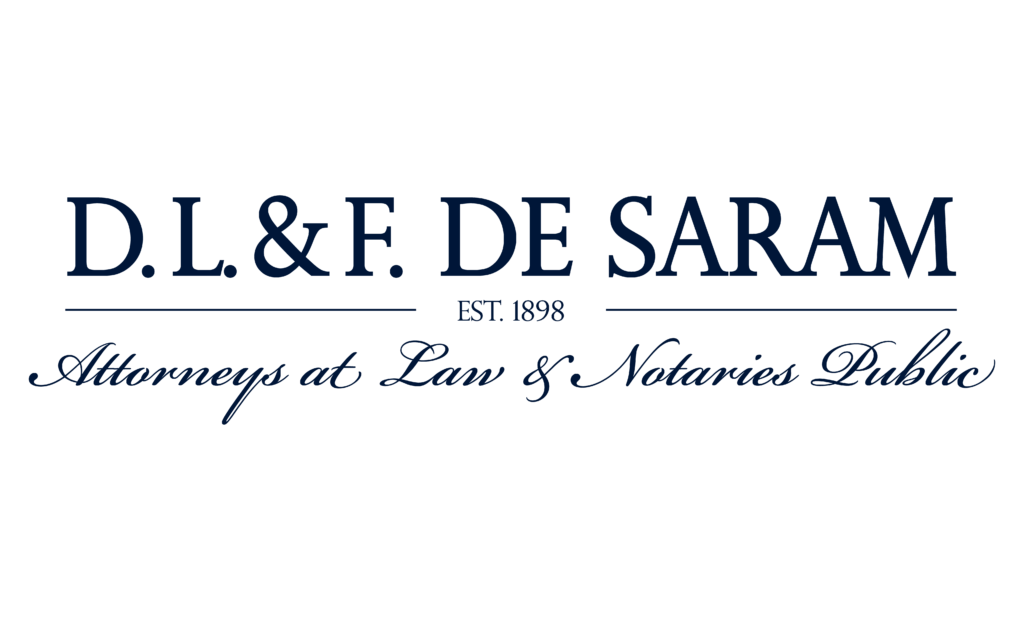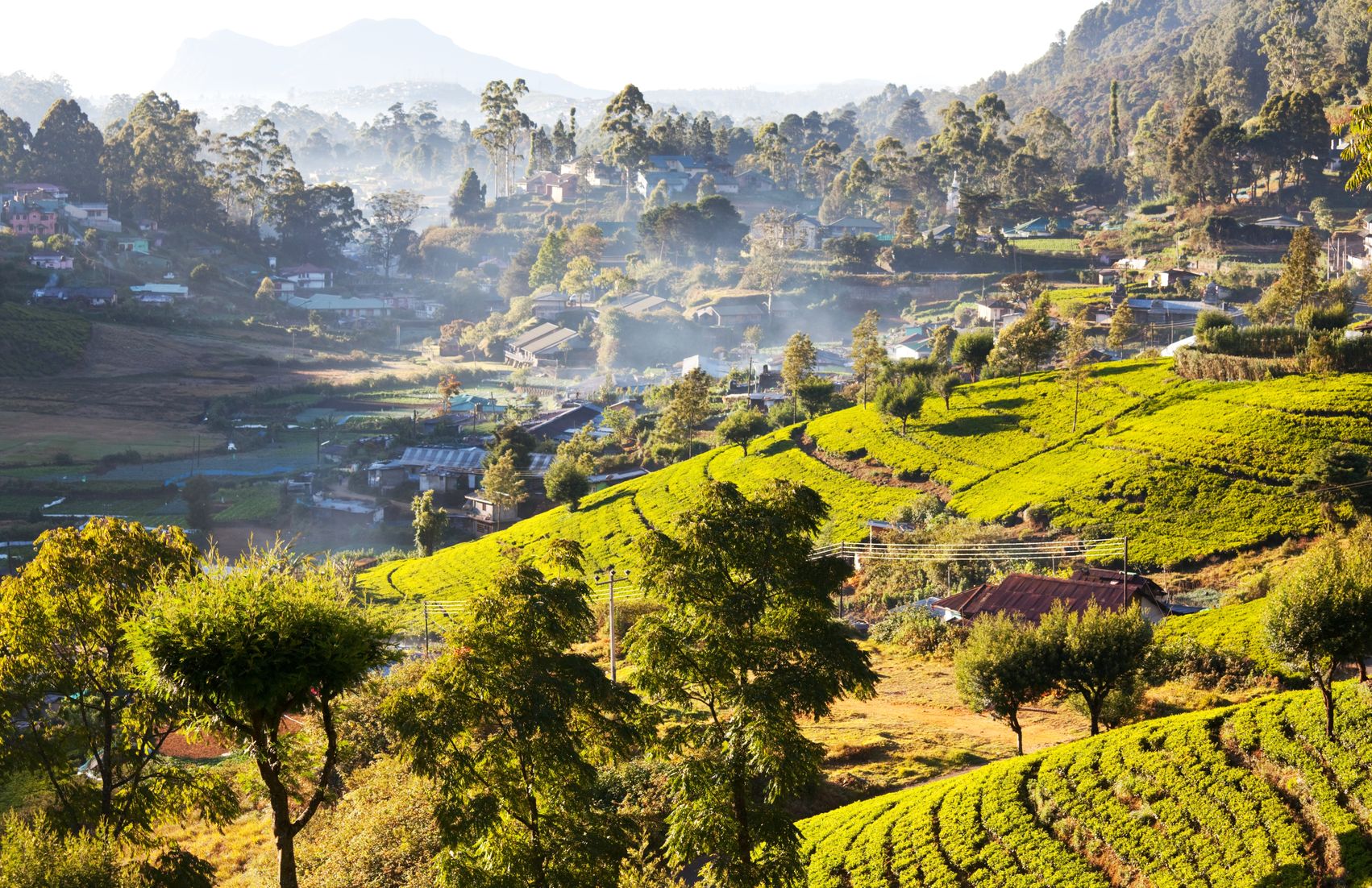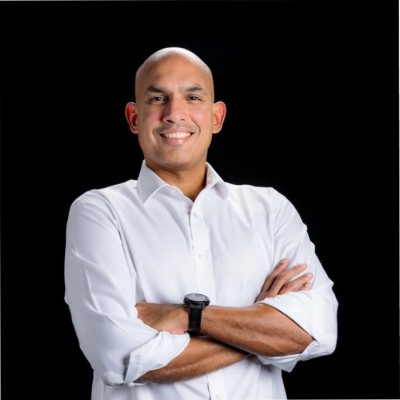Understanding the Landscape of LGBTQ Rights in Sri Lanka: A History, Challenges, and the Path Ahead
A Brief Introduction to the LGBTQ+ Community
Sexual identity or sexual orientation is defined as “an enduring pattern of emotional, romantic and sexual attractions to men, women, transgender people, all sexes or none and the person’s sense of identity based on those attractions, related behaviors and membership in a community of others who share those attractions”. However, these categorizations have no clear demarcations. Similarly, like gender, sexuality is a spectrum. Whilst broadly categorized into three – namely, heterosexuality (having emotional, romantic and sexual attraction to people of the opposite sex), homosexuality (having such attraction to people of the same sex), and bisexuality (having attraction to people of both the same sex and the opposite sex), there are many more categorizations. An asexual is an individual who is not sexually attracted to either men or women, and the category of “pan sexuality” refers to individuals who are attracted to anyone including men, women, transgender and gender queer people.
A Brief History of Sexual Identity and Gender Expression in Pre-Colonial Sri Lanka.
Human beliefs, practices and taboos on sexuality and gender expression have varied in different periods of time in different parts of the world, with what was considered ‘normal’ or ‘abnormal’ at the time, often being controlled by a complex and constantly changing plethora of factors. These factors include the dominant culture, religion, politics and the media. The history of Sri Lanka is intertwined with the history of the broader Indian subcontinent and the surrounding regions, comprising the areas of South Asia, Southeast Asia and the Indian Ocean. This resulted in the formation of a diverse history of sexuality and gender expression, with a comparatively inclusive culture.
This is evident through the many historical records such as the paintings of the frescos in the ancient Sigiriya rock fortress and the wood carvings in the Embekka Temple in Kandy, depicting the nature of human sexuality whilst not discriminating or in some cases not even specifically mentioning same sex relationships. Another example of the varied society of Sri Lanka can be seen by a letter of the Governor of Goa written in 1547AD which makes reference to presumably the same-sex relationships maintained by the King of Ceylon at the time, being king Bhuvanaka Bahu VII. Robert Knox made similar observations about the king of Kandy at the time. Similarly, the performance of gender roles does not appear to have been very rigid in ancient Sri Lanka, as seen in observations made by historical figures such as Ernst Haeckel, German biologist and artist, and Raymond Dorgeles, French author.
Challenges Faced by the LGBTQ Community in Sri Lanka Today.
Following the colonization of Sri Lanka, several pieces of legislation were introduced which suppressed the rights of the LGBTQ community, in particular the Vagrants Ordinance and subsequently the Penal Code in 1886, which through Sections 365 and 365(A) brought about the criminalization of homosexuality in Ceylon. It may be noted that such laws do not have any antecedents in Buddhist and Hindu jurisprudence.
In the year 1995, the Penal code which hitherto criminalized “carnal intercourse against the order of nature” between men, was amended to also include women, thereby upholding the relics of our colonial past. These provisions in the Penal Code carry a maximum penalty of ten years’ imprisonment and a fine and have been used to prosecute both men and women as well as trans persons in Sri Lanka. There is evidence that trans people are targeted specifically under the Vagrants Ordinance and laws against impersonation, such as Section 399 of the Penal Code. Moreover, reports by civil society organisations, activists, and police records suggest that numerous arrests under such legislation take place each year.
In addition to systemic resistance, activists are often met with social resistance when trying to bring into the mainstream issues relating to the LGBTQ community. Activist Rosanna Flamer-Caldera reports of a Facebook group with over 60,000 members making complaints against the coming changes. Religious extremist groups also often voice their protest in the event the topic of social inclusivity branches out to this community, as experienced by the social activism group known as Equal Ground.
Progress
Despite the countless hardships faced by the LGBTQ community in Sri Lanka, the rising awareness of such issues has resulted in small but significant developments over the last several years. As of 2016, transgender persons may change their legal gender. This was confirmed in a legal ruling in which the Court recognized the gender transition of a person and their gender certificate while acknowledging that surgical interventions are not necessary to effect such change as one’s biological sex at birth can be different from one’s gender identity.
Similarly, in March of 2023 an Amendment to Sections 365 and 365A of the Penal Code was gazetted with the Bill seeking to amend the controversial language of S.365 such that it will only remain an offence to voluntarily have carnal intercourse with an animal, whilst repealing S.365A in its entirety. While several Petitions were filed in the Supreme Court challenging this Bill, the Supreme Court was of the view that “the decriminalisation of sexual activity amongst consenting adults irrespective of their sexual orientation only furthers human dignity and as such this cannot be considered as being an offence that must be maintained in the statute book.” This Bill has received cross-party support along with the backing of organisations such as the International Court of Justice, whose Senior International Legal Adviser is reported to have said “The Sri Lankan Supreme Court has rightly held that the human rights of LGBT persons would only be strengthened through the repeal of the two Victorian era provisions criminalizing consensual same-sex relations between adults, which is the objective of this proposed Amendment.”
The Path Ahead
It is undeniable that the social landscape of Sri Lanka has been subject to significant change in terms of social awareness and movements promoting inclusivity. However, it is a sobering reality to recognize that such progress has been made in the context of tolerance of marginalized communities such as the LGBTQ community, whereas many other countries have progressed beyond this to the conversation on acceptance and respect.
The notable absence in our system of education of the concept of inclusivity is arguably a core factor in the decades of social conflict faced by Sri Lanka. Therefore, the inclusion of such subject matter in the education of both children and parents alike will be a key point of focus for activists in the future. Similarly, the development of social media presents a powerful opportunity to raise the awareness of countless members of our society, as its reach has come to a level unprecedented in human history. It is the social responsibility of all citizens of our country to speak against intolerance and to show kindness through inclusion.







